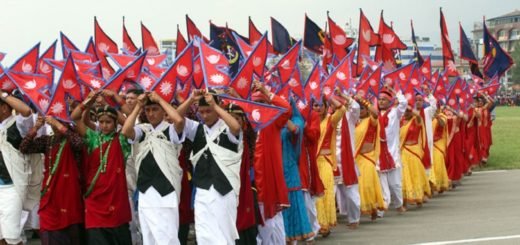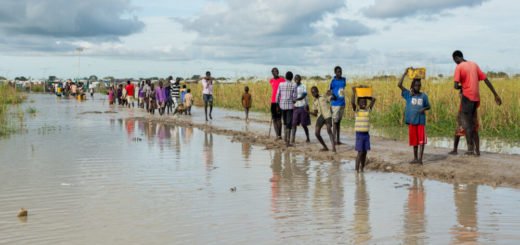Case Study of a Linguistic Conflict: East Pakistan (modern-day Bangladesh)
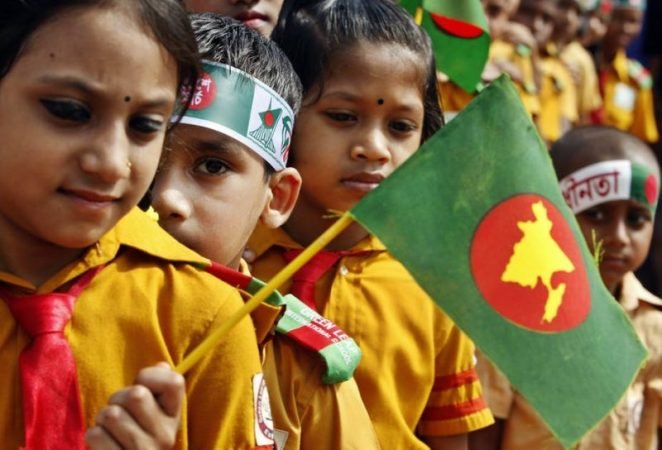
Language is the principal method of human communication and more often than not it’s also a source of conflict. The issue of language is quite sensitive as it is a source of primary identity, and it wouldn’t be hyperbole to say it is more so than religion. Not only has language antecedent to religion, but it also covers more domains of life than the latter. Regardless, conflicts involving both, or either can be extremely pernicious to the unity and integrity of a state. It is crucial to understand that while religion created Pakistan, language led to its disintegration.
In order to understand the Bangladesh Liberation war, one has to trace the historical background that aided in its culmination. Such as:
- Bengal Resistance: It was a social, cultural, intellectual and artistic movement in the 18th and 19th century under the British Raj. The movement was facilitated by the introduction of western culture, science and education which transformed the Bengali society and made Bengal the hub of modern culture, politics, education, intellectual and scientific activities.
- Partition of Bengal: In 1905, under the leadership of Lord Curzon, the British attempted to divide the Bengal region along communal lines. The partition led to rise of nationalism and ‘Amar Shonar Bangla’ became a popular anthem. This triggered the Swadeshi Movement and the Britishers were forced to concede to the demands of the masses, thereby unifying Bengal once again in 1911.
- United Bengal Movement: It was a proposal to transform Bengal into a united sovereign state undivided along communal lines. However, this was rejected and Bengal was divided according to the Mountbatten Plan and Radcliffe line.

The Indian subcontinent is home to numerous cultures and ethnicities, therefore language became an exclusive mark of identity under the British Raj. Post partition, both India and Pakistan were faced with the issue of consolidation of various regional identities to create a unified national identity. Pakistan, however, was faced with the uphill task of uniting two culturally and linguistically diverse territories.
The idea of Pakistan was conceptualised via ‘the Two Nation theory’ proposed by Sir Muhammad Iqbal which essentially called for religious grounds of partition of the country. According to the theory, Hindus and Muslims are two nations as they share different language, customs, culture, social and moral perspectives etc, which is why it was prudent for them to reside in different political territories as one couldn’t hope to fulfill the demands of the other. Thus, led to the formation of Pakistan, a country formed on religious grounds with two parts, West Pakistan and East Pakistan some 1000miles apart.
Based on a demographic analysis alone, the only cultural commonality between the two sections of Pakistan was their overwhelming Muslim-majority population. West Pakistan attempted to capitalize on this fact and unify both halves under the banner of Islam. Unfortunately, West Pakistan’s rationale for rejecting East Pakistan’s language counterproposal only served to further drive a wedge between the two sections. Urdu-speakers claimed that since all of Pakistan was established as an “Islamic Republic”, it should represent Muslim culture as best as possible.
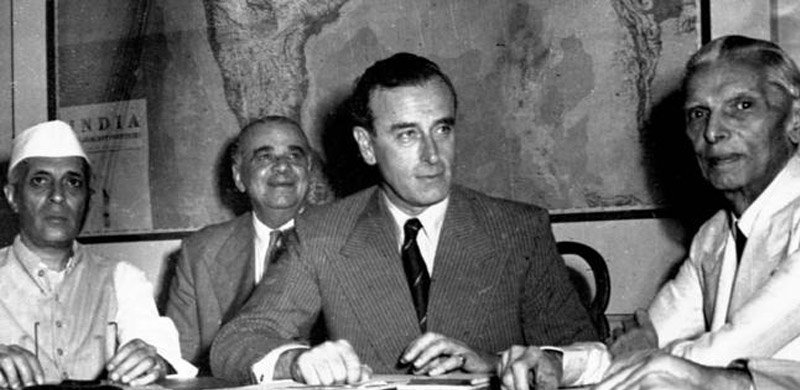
Urdu was linguistically related to and was written in the same script as the traditional Islamic languages of Arabic and Persian. As a potential compromise, West Pakistan suggested significantly “reforming” the Bengali language so it would have less of its Hindu influence. This proposition inflamed the vast majority of East Pakistanis, 83% of whom were Muslim, since West Pakistan had not only rejected their language on its own merits, but also claimed that Bengali Muslims were inferior simply because their language had a significant linguistic influence from Sanskrit rather than from a traditionally Islamic language. For these reasons, it became increasingly apparent that Pakistan’s national identity predicated on religious commonality was insufficient for unifying the country.
Due to the first language conflict in 1948, a new political party called the Awami Muslim League was founded to balance the Muslim League of West Pakistan and represent the interests of the Bengali Muslims. In 1952, Urdu was declared the national language by the ruling Muslim League based in West Pakistan. This understandably outraged the Bengalis and students held a protest at Dacca University. The police opened fire, killing 26 and injuring over 400 people and the students were glorified as martyrs who died for their language. This facilitated a new surge of nationalism which involved the revival of obscure Bengali traditions, like celebration of Bengali new year, as a way to rebel against the oppressive ML who regarded themselves as superior to the Bengali Muslims.
The Bengali language was in a unique position compared to other languages of Pakistan commonly spoken in the West, such as Punjabi or Sindhi, because it was used by a majority of citizens and was the foundation of a cultural elite both geographically and historically separate from the Urdu-speaking aristocracy in the West.
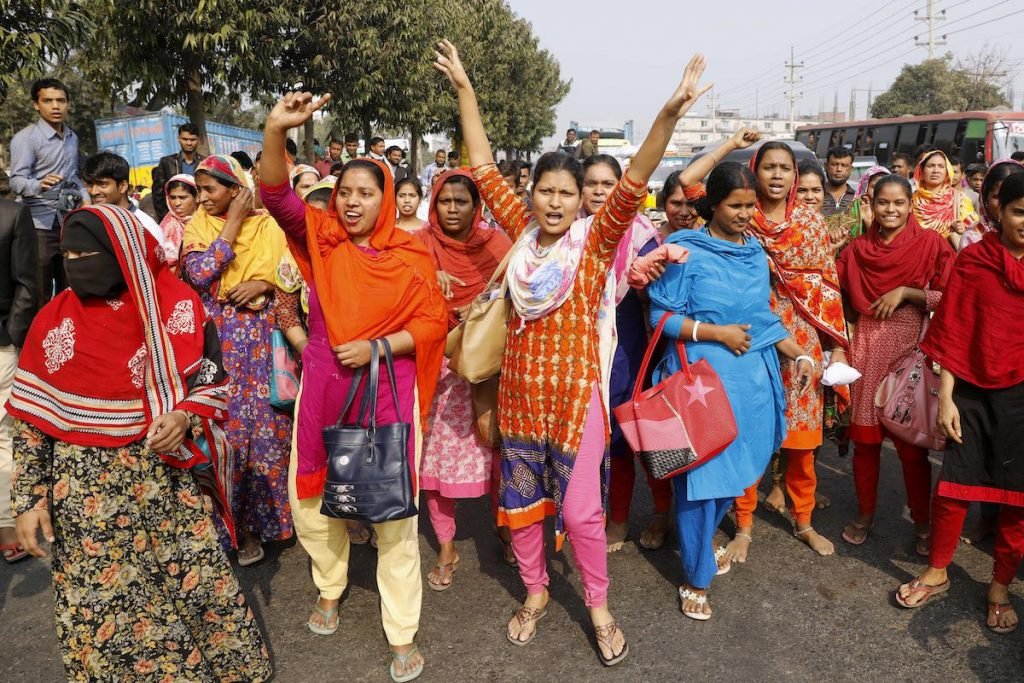
There were several stereotypes harbored against the Bengali community such as their short stature, focus on intellectual pursuits and arts categorised them as ‘lazy’, ‘talkative’ and ‘weak’. In 1955, the AML dropped the religious aspect and emerged itself as a party for East Pakistan, regardless of their religion, which is the first instance of desire for regional autonomy. And this event is characterised as a precursor to the consolidation of the Bangladeshi nation-state.
Despite having attained independence in 1947, Pakistan held its first democratic elections in 1970 owing to a tumultuous political climate. These elections were meant to mark a transition from military rule to democracy but when the East Awami League, led by Sheikh Mujibur Rahman, won the elections, Pakistan People’s Party refused to hand over the power. The EAL won 160/162 seats allotted to East Pakistan thereby securing a majority of 160/300 seats which gave them a constitutional right to form a majority government.
Fearing a political takeover by East Pakistan, President Yahya Khan of West Pakistan postponed the convening of the new Assembly in March 1971 to allow time for West Pakistani military forces to occupy East Pakistani territory. After hundreds of East Pakistani protesters were killed in army firing and Awami League leader Sheikh Mujibur Rahman was arrested, Bengali nationalists declared their new nation-state of Bangladesh independent on March 26, 1971.
Although India did not legally enter the war until December 1971, between March and November India tacitly supported the Mukti Bahini (an ad-hoc guerrilla army who were militarily untrained and constituted of mostly students and youth volunteers) by providing them with safe havens across the India-Bangladesh border from which to attack West Pakistani forces.
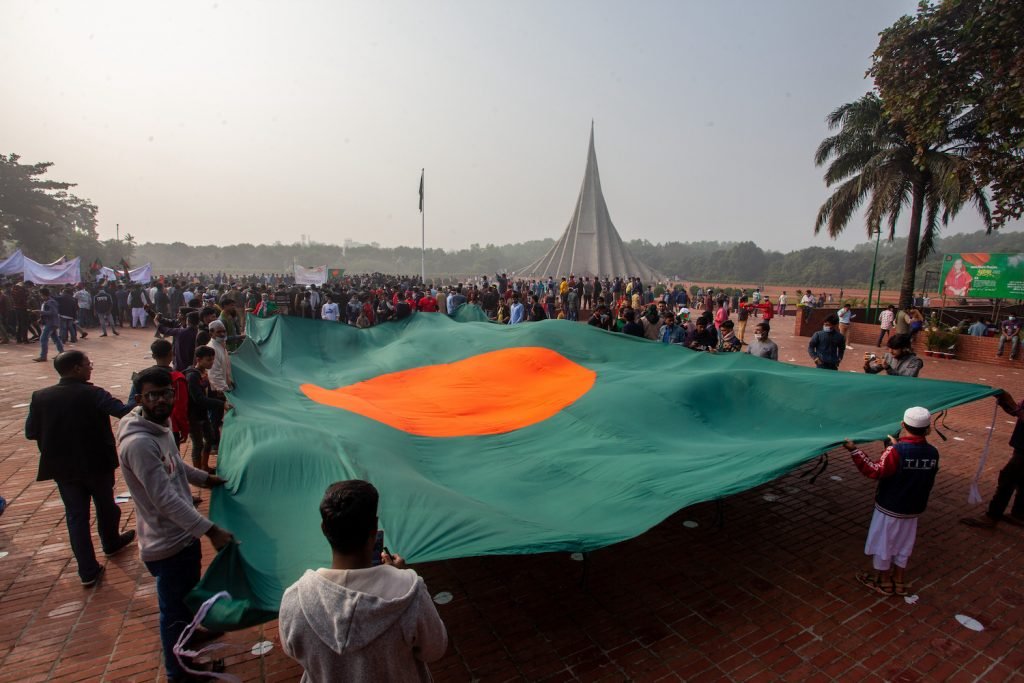
There was systemic use of rape in the liberation war as a means to produce children fathered by West Pakistani army men in an attempt to wipe out Bengali nationhood. In March 1971 when the issue of cultural and linguistic identity in East Pakistan had come to a boil, president Yahya Khan gave out public orders for the Bengalis to be made into “true Muslims”. Though there is absence of any official documents, reports suggest that the orders given out by Yahya Khan and General Tikka Khan were to impregnate Muslim women in East Pakistan who were supporters of Bangladesh’s formation and Hindu women with the intention of building a “pure Pakistan.” Historians such as Niall Ferguson have assessed a key factor behind the high-level decision to use mass rape for ethnic cleansing as being misguided nationalism.
Post the liberation of Bangladesh, the new PM Mujibur Rehman is reported to have announced that “none of the babies who carry the blood of the Pakistanis will be allowed to remain in Bangladesh.” He even said that he didn’t want to keep “those polluted blood” in his country.
In conclusion, a country created on religious grounds decayed into two simply on the basis of linguistic differences. The above case study shows us how important linguistic identity is for people, it wouldn’t be amiss to say people associate emotions with their mother tongue. The above case culminated into a full scale war because of ideas that have prevailed in the society since its inception but are as away from nature as can be, purity.
References:
- https://indianexpress.com/article/research/birth-of-bangladesh-when-raped-women-and-war-babies-paid-the-price-of-a-new-nation-victory-day-4430420/
- Ferguson 2009, pp. 626–631
- Adam Jones (2004). Genocide: A Comprehensive Introduction. Routledge. p. 420. ISBN 978-0-415-35384-7.
- Adam Jones (2004). Genocide: A Comprehensive Introduction. Routledge. p. 420. ISBN 978-0-415-35384-7.
- http://www.inquiriesjournal.com/articles/1203/bangladesh-a-case-study-in-the-rise-of-the-nation-state
- https://en.wikipedia.org/wiki/Indo-Pakistani_War_of_1971
- https://en.wikipedia.org/wiki/East_Pakistan#cite_ref-1
- https://en.wikipedia.org/wiki/Operation_Searchlight
- https://en.wikipedia.org/wiki/History_of_Bangladesh


